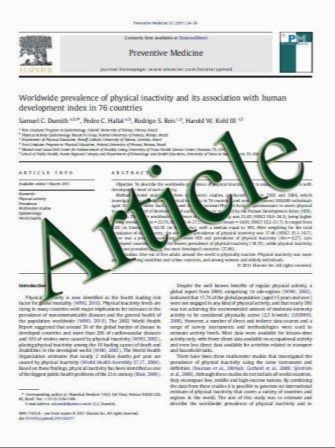Diagnostic capabilities of fractal dimension and mandibular cortical width to identify men and women with decreased bone mineral density
- نوع فایل : کتاب
- زبان : انگلیسی
- مؤلف : A. C. Alman & L. R. Johnson & D. C. Calverley & G. K. Grunwald & D. C. Lezotte & J. E. Hokanson
- چاپ و سال / کشور: 2011
Description
Summary Dental panoramic radiographs could be used to screen for osteopenia. We found the fractal dimension to be a good discriminator of osteopenia in both men and women but that the mandibular cortical width (MCW) did not perform as well in men. The fractal dimension may be a valid screening tool. Introduction The aim of this study was to assess the diagnostic capability of the fractal dimension and MCW measured from dental panoramic radiographs in identifying men and women with decreased bone mineral density (BMD). Methods The MCW and fractal dimension were measured from dental panoramic radiographs as surrogates for BMD. These measures were then compared to the results from dual-energy X-ray absorptiometry (DXA) performed for clinical purposes. A total of 56 subjects with the panoramic radiograph taken within 6 months of the DXA exam were used in the analysis for this study. Results The area under the curve of the fractal dimension for identifying low BMD (T-score <-1.0) was 0.81 (0.67, 0.95) and 0.78 (0.49, 1.00) for men and women, respectively. For the MCW, the area under the curve was found to be 0.53 (0.34, 0.72) and 0.80 (0.58, 1.00) for men and women, respectively. Conclusions In this largely male study population, the fractal dimension was found to be a good discriminator of low BMD in both men and women. The MCW did not perform as well in men.
Osteoporos Int DOI 10.1007/s00198-011-1678-y Received: 24 February 2011 / Accepted: 30 March 2011


